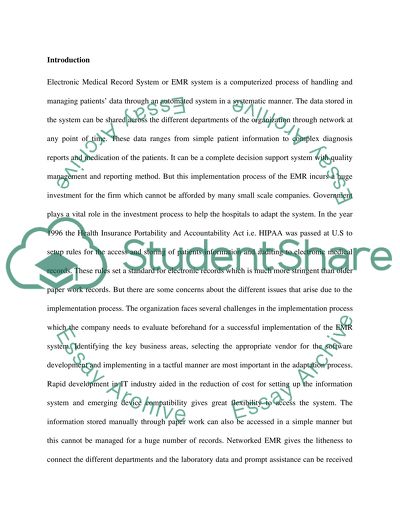Cite this document
(“Implementation of EMR System Term Paper Example | Topics and Well Written Essays - 3750 words”, n.d.)
Retrieved de https://studentshare.org/information-technology/1390221-implementation-of-emr-system
Retrieved de https://studentshare.org/information-technology/1390221-implementation-of-emr-system
(Implementation of EMR System Term Paper Example | Topics and Well Written Essays - 3750 Words)
https://studentshare.org/information-technology/1390221-implementation-of-emr-system.
https://studentshare.org/information-technology/1390221-implementation-of-emr-system.
“Implementation of EMR System Term Paper Example | Topics and Well Written Essays - 3750 Words”, n.d. https://studentshare.org/information-technology/1390221-implementation-of-emr-system.


